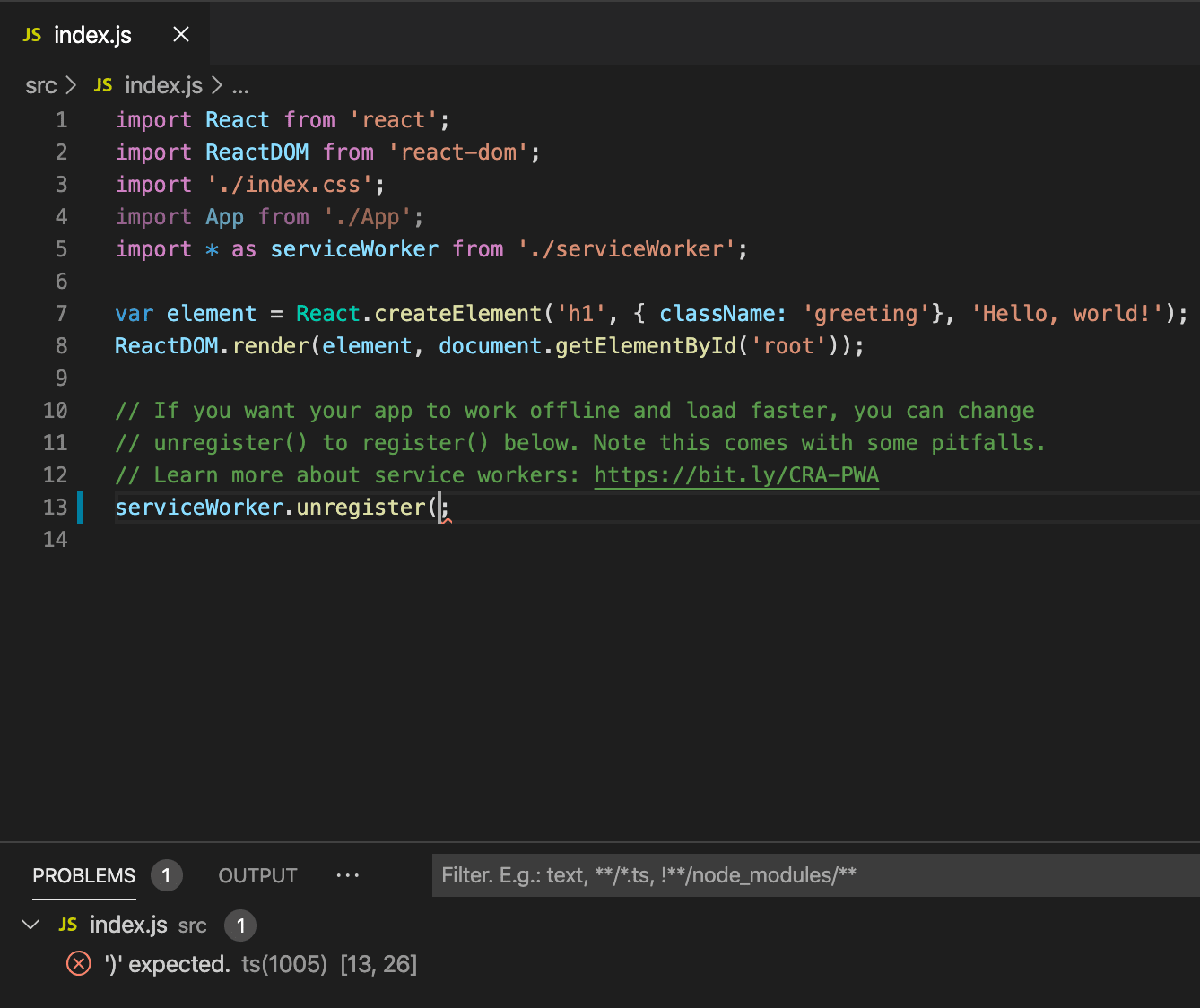Svelte vs React: Which is the best library in 2022?

Contents
Svelte vs React
When it comes to front-end web development, there are two major frameworks that stand out: React and Svelte. Both of these frameworks have their pros and cons, but which one is the best?
What Is React?
React is a popular JavaScript library for building user interfaces.
It's used by some of the biggest companies in the world, including Facebook, Instagram, and Airbnb.
The main advantage of React is its huge community and comprehensive documentation. The downside of React is that it can be complex and tricky to learn.
This tool was developed by Facebook and is currently maintained by a large community of open-source contributors.

What Is Svelte?
Svelte is a new framework that has been gaining popularity in recent years. It's different from React in that it uses a compiler to convert your code into efficient JavaScript code.
So Svelte apps are typically smaller and faster than React apps.
The downside of Svelte is that it's still a relatively new framework, so the community is smaller and the documentation is not as comprehensive as React.

This tool was developed by Rich Harris in 2016 and is currently maintained by the Svelte Society.
So, which one should you use? Let's take a look at some of the key differences between React and Svelte.
React vs Svelte: How Are They Similar?
Both React and Svelte are front-end development frameworks that can be used to build user interfaces.
Both React and Svelte are open-source projects that are released under the MIT license. This means that they can be used for commercial projects without any restrictions.
React vs Svelte: The Key Differences
The biggest difference between React and Svelte is that React uses a JavaScript library while Svelte uses a compiler. This means that Svelte apps are typically smaller and faster than React apps.
React uses a virtual DOM, which is a way of representing the structure of a document in memory. This makes it easy to update the UI without having to re-render the whole page.
1. Performance
When it comes to performance, React is the winner with high performance, but Svelte is the winner with speed.
React uses virtual dom for updating the UI without having to reload the whole page. It generates overhead code during runtime.
So React is better for robustness as it uses error boundaries to prevent crashes, whereas Svelte does not.
The Svelte is also good but it doesn’t have as much flexibility as React. Data must get updated in real DOM structure.
However, the real DOM allows Svelte to provide a faster user experience compared to React thanks to proper optimization.
So the lack of a virtual dom diffing does not stop it from being useful.
2. Learning Curve
React has a steep learning curve, due to its complex syntax and large community. Svelte is a newer framework, so it's not as widely used as React.
However, its simple syntax makes it easier to learn than React. Even if you just want to build basic applications, React developers will have to use complex components.
3. Community
React has a huge community, due to its popularity. This means that there are plenty of resources available for learning React.
Svelte is a newer framework, so the community is smaller. However, it is growing quickly.
4. Documentation
React has comprehensive documentation, due to its large community. Svelte is a newer framework, so the documentation is not as comprehensive as React.
However, it is growing quickly.
5. Tools and libraries
React has a wide range of tools and libraries available, due to its popularity. Its extensive component library allows it to have a faster development process.
Svelte is a newer framework, so it only has a very lightweight library. You may need in invest in third party apps to create a more robust application.
However, you do have access to a Svelte testing library for unit testing.
6.Code comparison
One would use React to build a web application, but Svelte is for the conversion and compilation of user interface components.
It changes these components into code.
7.Syntax
The syntax for React is JSX, which is an extension of JavaScript. React complexity also stems from the fact that is a combination of HTML and JavaScript code.
This can be difficult for those who are not familiar with JavaScript to understand.
Svelte has a much simpler syntax which makes it easier to learn.
Another difference is that Svelte uses JavaScript classes while React uses JavaScript functions.
The use of classes can make Svelte code more concise and easier to read.
8. Packages
React has a wide range of packages available. Svelte is a newer framework, so the range of packages is smaller. However, it is growing quickly.
9. Scalability
React is more scalable than Svelte since there are more resources available for scaling React apps.
10.Reusability
React allows coders to reuse the components. However, this is not possible in Svelte. Svelte also does not allow you to nest components.
11.Priority
React provides content based on priority but Svelte does not. So if you are trying to load multiple content into Svelte, it may confuse it can create processing issues.
12.User Interfaces
React is made for building user interfaces. The bulk of this work is done in the browser's javascript engine. However, with Svelt that work is done in the compiling stage.
Typical Use Cases For Svelte and React
Svelte
People often rely on Svelte for the following:
- interactive visuals
- single webpages
- applications done under limited internet connection
With all its advantages such as lightweight and fast user experience, Svelte developers have more limitations than react developers.
React
This tool is often used for:
- video streaming
- mobile applications
- web application
- desktop applications
- media sites
- JAMstack sites
Pricing
React is free to use, due to its open-source license. Svelte is also free to use, due to its open-source license.
Competitors
The main competitors to React are Angular and Vue. The main competitor to Svelte is Angular.
Where Can You See These Applications?
Applications such as Doka by PQINA, Houses of the World, TeamSpeak, Tableplop were built by using Svelte.
React has been used in applications such as Facebook, Twitter, Netflix, BBC, PayPal and more.
We can see Svelte also being used more in the future as it continues to grow in popularity.
FAQs About Svelte vs React
1. How much faster is Svelte than React?
In an online match between vue, Svelte is 30% faster than all the other frameworks.
2. Is it worth learning Svelte?
Svelte is very simple to use. Of course, Svelte is lovely because it is not a framework framework. Once your work is finished you can just compile your code at build time and the result is pure JavaScript code. You don t even need Java as in react vue and app vue.
3. Can Svelte be used with React?
Yes. The scoped style is integrated into Svelte, without requiring an external library. React requires an external application to achieve scoped styling such as a CSS module, style component, and so forth (there are dozens or even hundreds of options).
Final Thoughts About Svelte and React
React and Svelte are both front-end development frameworks that can be used to build user interfaces. React is more popular than Svelte, due to its large community.
However, Svelte is growing quickly.
It is helpful knowing Javascript code when you use React components for building user interfaces.
The one that is right for you will depend on what you are trying to build and your own personal preferences.
If you want to build a big complex project, then your first choice should be React. If you want to build a small speedy project or something simpler, then Svelte may be a better choice for you.
Both products have their uses so it is important to choose the right one for your project.
Read: Terraform vs CloudFormation: Comparing The Two Infrastructure As Code Offerings (2022)

With svelte all small SPA projects is quick development.